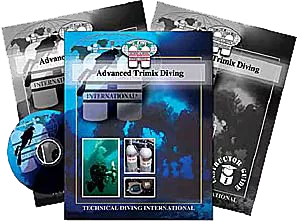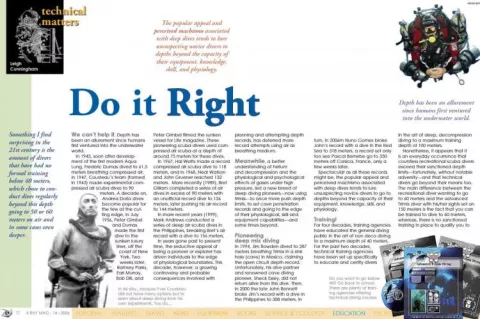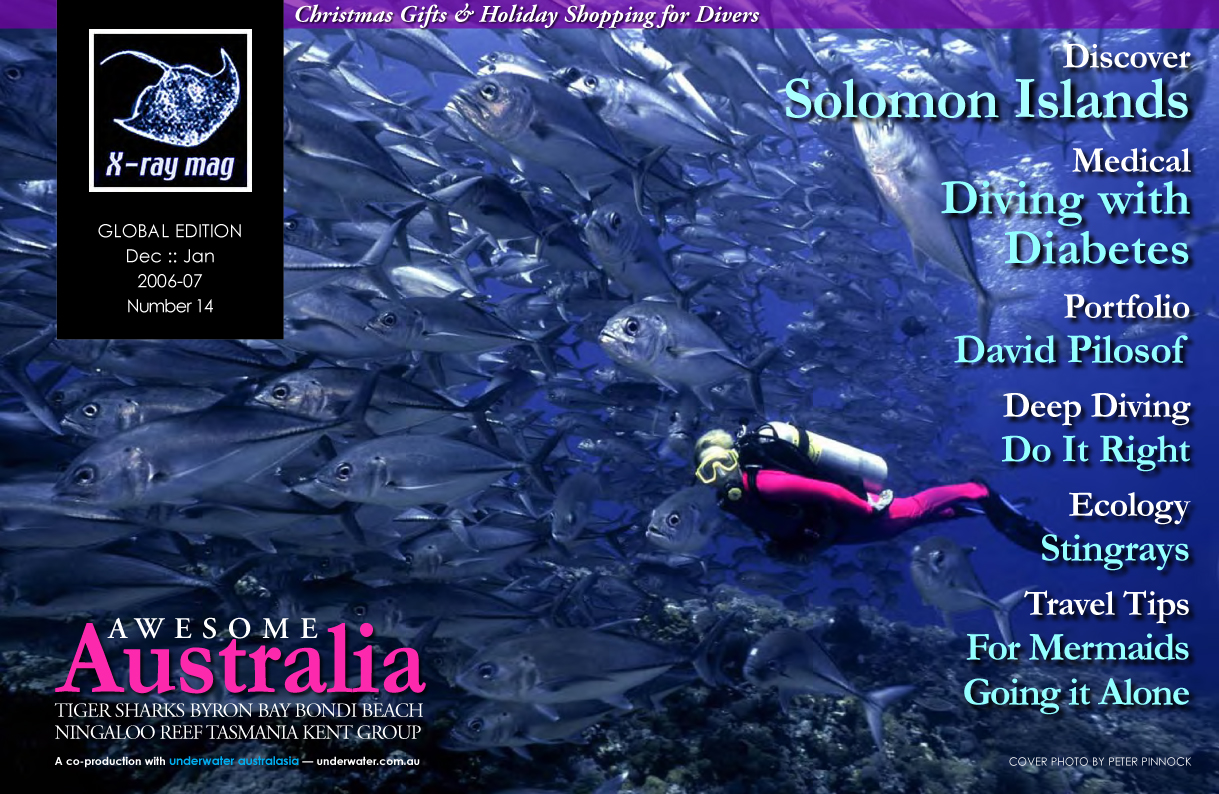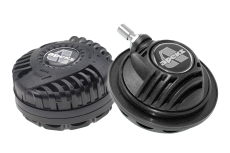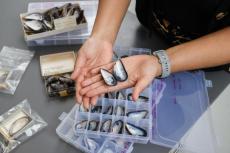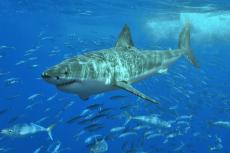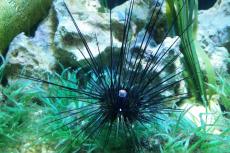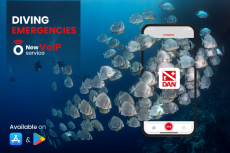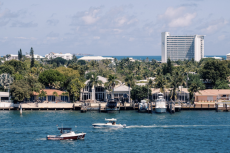Something I find surprising in the 21st century is the amount of divers that have had no formal training below 40 meters.
Contributed by
We can’t help it.
Depth has been an allurement since humans first ventured into the underwater world. In 1943, soon after development of the first modern Aqua Lung, Frederic Dumas dived to 61.5 meters breathing compressed air. In 1947, Cousteau’s team (formed in 1943) made experimental compressed air scuba dives to 90 meters. A decade on, Andrea Doria dives become popular for the few at the cutting edge, in July 1956, Peter Gimbel and Dumas made the first dive to the sunken luxury liner, off the coast of New York. Two weeks later, Ramsey Parks, Earl Murray, Bob Dill, and Peter Gimbel filmed the sunken vessel for Life magazine.
These pioneering scuba divers used compressed air scuba at a depth of around 75 meters for these dives. In 1967, Hal Watts made a record compressed air scuba dive to 118 meters, and in 1968, Neal Watson and John Gruener reached 132 meters.
More recently (1989), Bret Gilliam completed a series of air dives in excess of 90 meters with an unofficial record dive to 136 meters, later pushing his air record to 144 meters.
In more recent years (1999), Mark Andrews conducted a series of deep air scuba dives in the Philippines, breaking Bret’s air record with a dive to 156 meters. In years gone past to present time, the seductive appeal of being a pioneer or explorer has driven individuals to the edge of physiological boundaries. This decade, however, a growing controversy and probable consequences involved with planning and attempting depth records, has deterred more record attempts using air as breathing medium.
Meanwhile, a better understanding of helium and decompression and the physiological and psychological effects of gases under high pressure, led a new breed of deep diving pioneers—now using trimix—to once more push depth limits, to set cave penetration records and going to the edge of their physiological, skill and equipment capabilities—and some times beyond.
Pioneering deep mix diving
In 1994, Jim Bowden dived to 287 meters breathing Trimix in a sink hole (cave) in Mexico, claiming the open circuit depth record. Unfortunately, his dive partner and renowned cave diving pioneer, Sheck Exley, did not return alive from this dive. Then, in 2000 the late John Bennett broke Jim’s record with a dive in the Philippines to 308 meters. In turn, in 2006m Nuno Gomes broke John’s record with a dive in the Red Sea to 318 meters, a record set only too see Pascal Bernebe go to 330 meters off Corsica, France, only a few weeks later. Spectacular as all these records might be, the popular appeal and perceived machismo associated with deep dives tends to lure unsuspecting novice divers to go to depths beyond the capacity of their equipment, knowledge, skill, and physiology.
Training!
For four decades, training agencies have educated the general diving public in the art of non deco diving to a maximum depth of 40 meters. For the past two decades, technical training agencies have been set up specifically to educate and certify divers in the art of deep, decompression diving to a maximum training depth of 100 meters.
Nonetheless, it appears that it is an everyday occurrence that countless recreational scuba divers exceed their sanctioned depth limits—fortunately, without notable adversity—and that technical divers go beyond their means too.
The main difference between the recreational diver wanting to go to 60 meters and the advanced Trimix diver with his/her sights set on 150 meters is the fact that you can be trained to dive to 60 meters, whereas, there is no sanctioned training in place to qualify you to go beyond 100 meters. The technical diver aspiring to do so is left to gain experience and only gradually increase depth in order to retain as much as the safety that would have at less than 100 meter.
The recreational diver, on the other hand, can enroll in a variety of sanctioned courses to gain required knowledge and skills to safely plan and conduct dives down to 40 meters—and once they are ready and capable to go beyond that, there are several organizations offering technical training. So, why not go for the training options on offer, and encourage safer diving practices?
Unsafe practices are way too widespread
For many divers, perhaps you included, the opportunity to make a deep dive (below 40 meters) is the highlight of a tropical holiday on a dive safari or cruise. Since there is no mandatory record keeping and reporting requirement for recreational divers, accurate documentation is hard to obtain. However, one recent study and analysis of 77,680 recreational dives made by clients on a diving cruise ship suggested that 25% of the documented dives conducted went beyond 30 meters.
Forty percent of the divers using computers in this study (accounting for more than 44,000 dives) admitted to exceeding the 40-meter depth limit, and some dived in excess of 60 meters. During this same study, the professional staff of the cruise ship made more than 600 air dives to depths up to 75 meters. However, none of the divers in this survey had any form of formal sanctioned training in diving below 40 meters. That’s not a pretty picture of safe diving practices as they appear today.
Why so many divers trained only to 30 or 40 meters would regularly plan to make 60 meter dives without proper training when it is so readily available, seems both illogical and is a cause for concern.
The community of deep technical divers who have the highest level of technical training on offer is very small, but it is not meant for everyone to go there.
In 1943, when Cousteau formed his team of divers, they had no bench marks as no training agencies existed and there were no NOAA or Navy studies to draw on. They had to do their own experiments and studies, they were forced to be pioneers with all the inherent risks. That is not the case any more. Now other and better options are readily available. But as more divers conduct dives below 40 meters and or dives requiring decompression stops without appropriate formal training, they lead the way—setting an unfortunate trend for more divers to follow.
Be a good role model... do the right thing and dive safe staying within your limits. ■
Published in
- Log in to post comments


